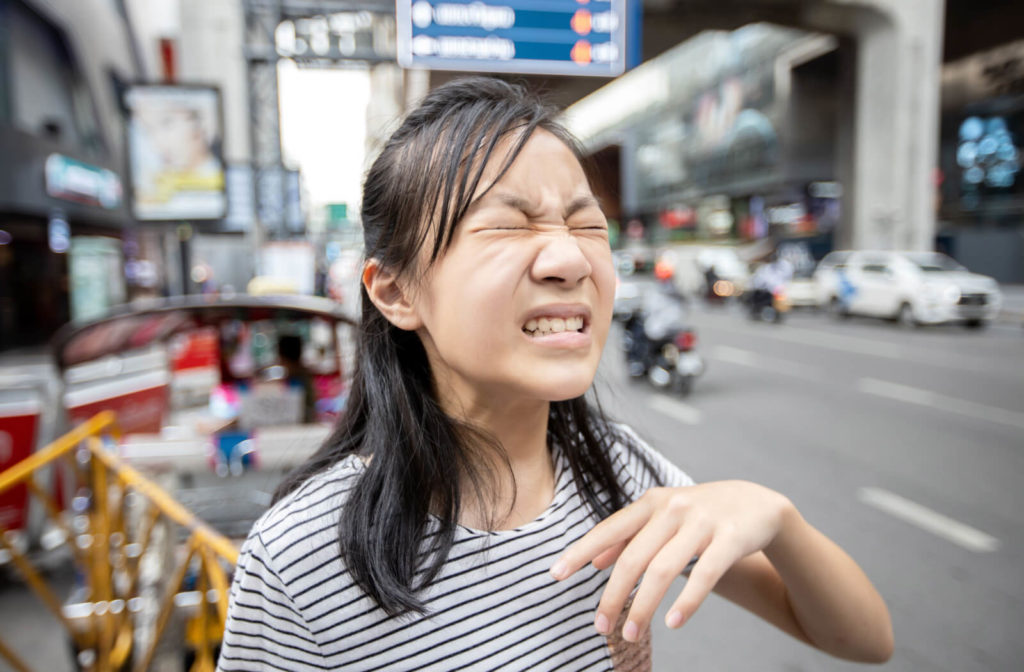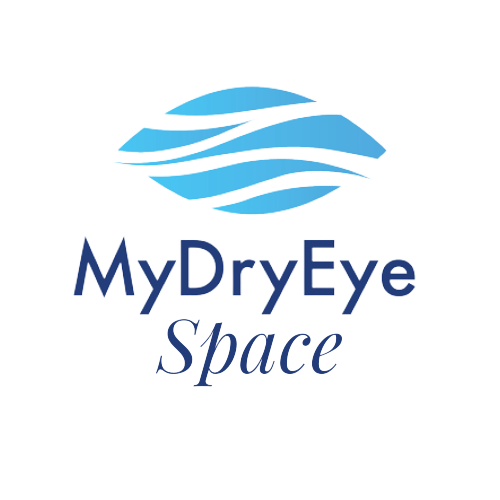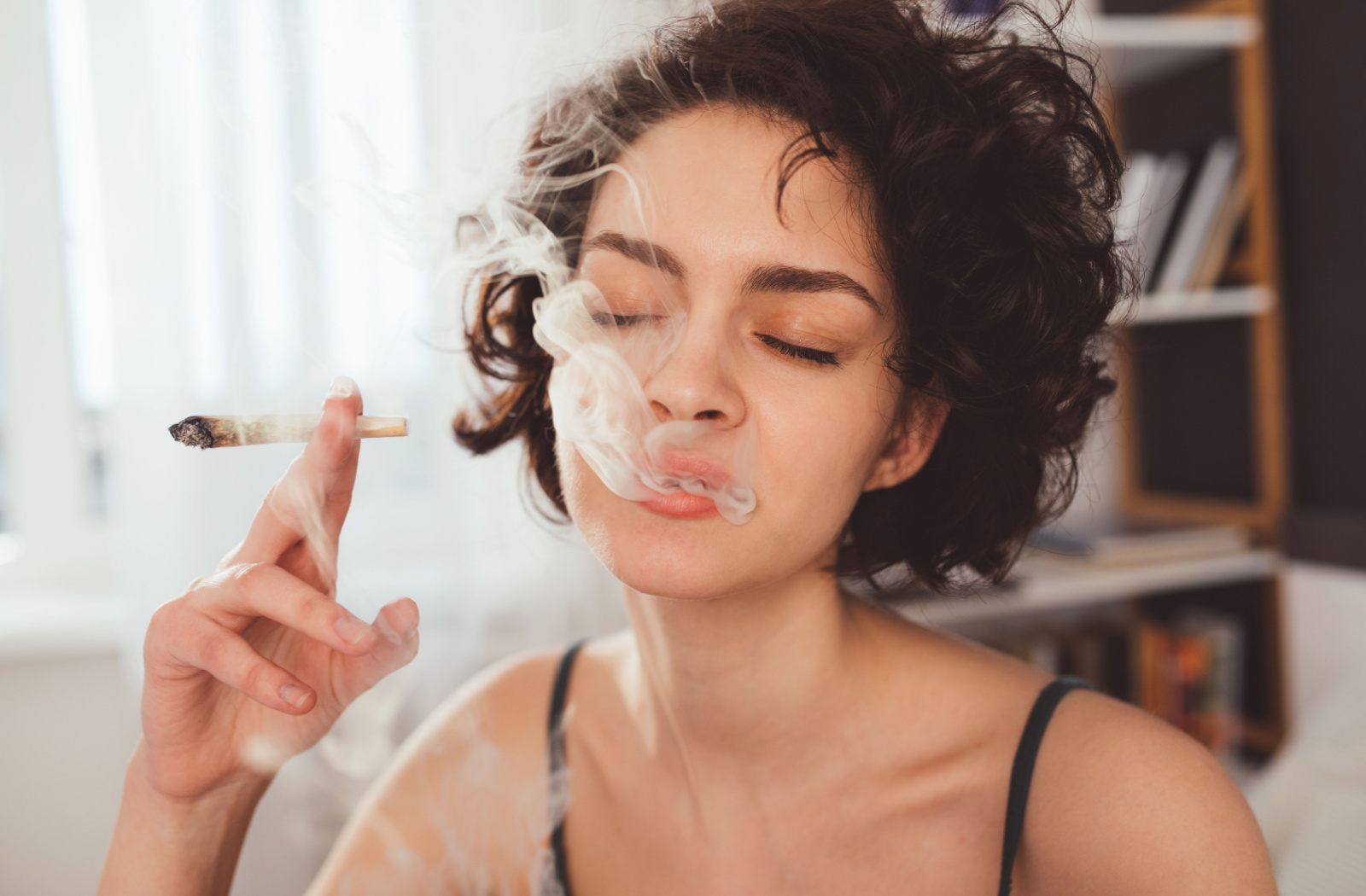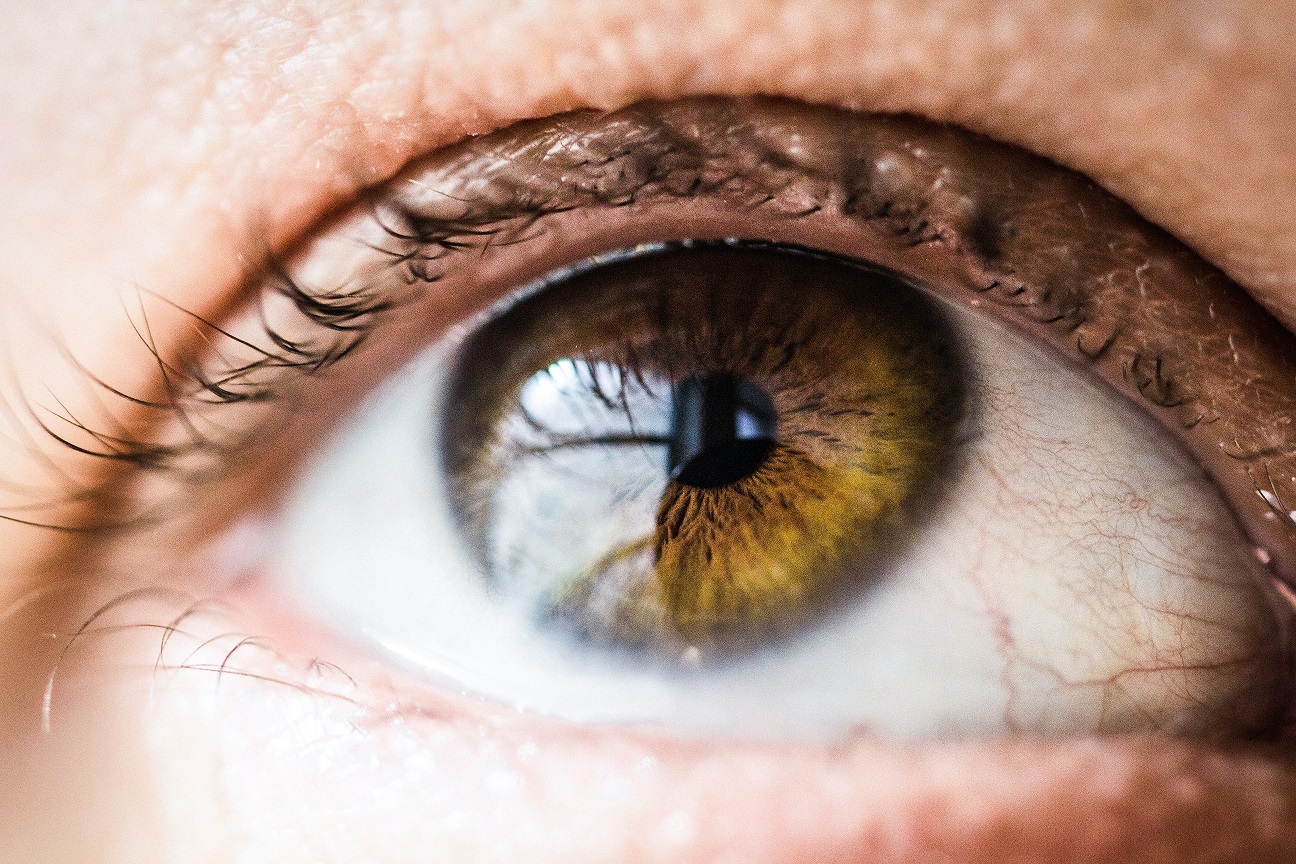Finding relief from dry eyes can seem like an overwhelming fear, especially when there is such a wide range of treatment options available. Blinking more can help dry eyes in some situations.
Blinking is our body’s natural way of keeping our eyes lubricated. Not blinking frequently enough can cause you to experience the symptoms of dry eye disease.
It is important to remember that there is a wide range of environmental and health factors that can contribute to dry eyes. For many individuals, dry eyes will be caused due to issues with the quantity or quality of tears they are producing. For these individuals, blinking more may only provide temporary relief, and they may require additional treatment.
It is always best to consult your eye care provider to determine the root cause of your dry eyes and come up with a treatment plan catered to your specific vision needs.
What are Dry Eyes?
Dry eye disease is an eye condition that usually occurs because your eyes are not producing enough tears or your eyes are producing low-quality tears. It is estimated that 25% of Canadians suffer from dry eye disease, making it one of the more common eye conditions in the country.

Causes of Dry Eyes
Common causes of dry eyes include:
- Aging: Experiencing dry eyes is often a normal part of the aging process because your eyes may naturally start to produce fewer tears as you get older. Hormonal changes can also contribute to dry eye symptoms.
- Medication: Certain medications such as antihistamines, oral contraceptives, and antidepressants can cause dry eyes as a side effect.
- Health conditions: Some autoimmune diseases, such as rheumatoid arthritis and systemic lupus erythematosus, can impact tear production and lead to dry eyes.
- Environmental factors: Living in a dry environment or being exposed to environmental irritants like dust and smoke can cause dry eye symptoms.
- Digital eye strain: Staring at a computer screen for an extended period of time can contribute to a low blink rate and cause your eyes to become dry.
Symptoms of Dry Eyes
Common dry eye symptoms include:
- Redness
- Burning or stinging
- Sensitivity to light
- Watery eyes
- Blurred vision
When Can Blinking More Help Dry Eyes?
Blinking regularly is necessary for keeping your eyes lubricated and healthy. Blinking causes the tears that your eyes produce to coat the surface of your eye. Not blinking enough, and in some cases blinking incompletely (meaning that your eyes do not fully close while blinking), can cause you to experience dry eye symptoms.
Digital Eye Strain
In this digital era, we spend a lot of time in front of a screen. Whether you’re formatting a spreadsheet or beating the next level on a video game, it’s easy to get caught up with what is going on on your digital device, so much so that you might even forget to blink.
While blinking is an important bodily function, blinking more can usually only provide temporary relief from dry eye symptoms. However, in the case of dry eyes caused by digital eye strain, how often you blink can be the cause—and solution—of the problem.
Normally, we blink about 22 times per minute. However, we only blink about seven times per minute while using our computers and smartphones. Lowering your blink rate to only a third of the normal amount can cause your eyes to become dry and irritated.
While using digital devices, make a conscious effort to blink more often. It’s also a good idea to take frequent breaks away from your screen. Adding lubricating eye drops to your eye care routine can also help compensate for a lower blink rate during screen time.
Alternative Dry Eye Treatments
In many cases, dry eyes will require treatment beyond blinking more often. There is a wide variety of treatment options available for dry eyes, so it is important to consult with your eye doctor to determine which type of treatment will work for your dry eye.
Dry eye treatments include:
- Eye drops: Lubricating eye drops can help to rehydrate your eyes. There are hundreds of different drops available on the market that vary in ingredients and quality, but you can shop from our vetted selection of eye drops. Anti-inflammation eye drops may also be prescribed by your eye doctor to treat inflammation caused by dry eye disease.
- Eyelid heating & compression: Using a warm compress such as a Bruder mask can help promote healthy tear production. For more advanced cases of dry eye, your eye doctor may recommend a treatment called LipiFlow®, which involves a deeper cleanse of these important oil glands.
- Eye hygiene: Keeping your eyelids clean is another way to promote healthy tear production. Debris along your eyelashes and the margin of your eyelid can interfere with the eye’s natural oil production.
- Home therapies: Making adjustments to your environment, like using a humidifier and taking regular breaks from digital devices, can help keep your eyes hydrated. Adding more omega-3 fatty acids to your diet can help boost your eye’s natural oils and reduce inflammation caused by dry eye.
- In-office procedures: For patients with moderate to severe dry eye, there are many in-office treatments that can help produce healthier tears. Procedures such as LipiFlow®, Radiofrequency and Intense Pulsed Light treat meibomian gland dysfunction and inflammation effectively. Your eye doctor will make the best recommendation based on your dry eye diagnosis.
Find Relief From Dry Eyes
While dry eye disease is usually a chronic condition, it is often possible to find long-term relief. If you are experiencing dry eye symptoms, the first thing you should do is contact your eye doctor to book a comprehensive dry eye exam. This exam will allow your doctor to determine the cause of your dry eyes and create a dry eye treatment plan that works for you.
Our knowledgeable network of eye doctors is here to help. Find an eye doctor here.










